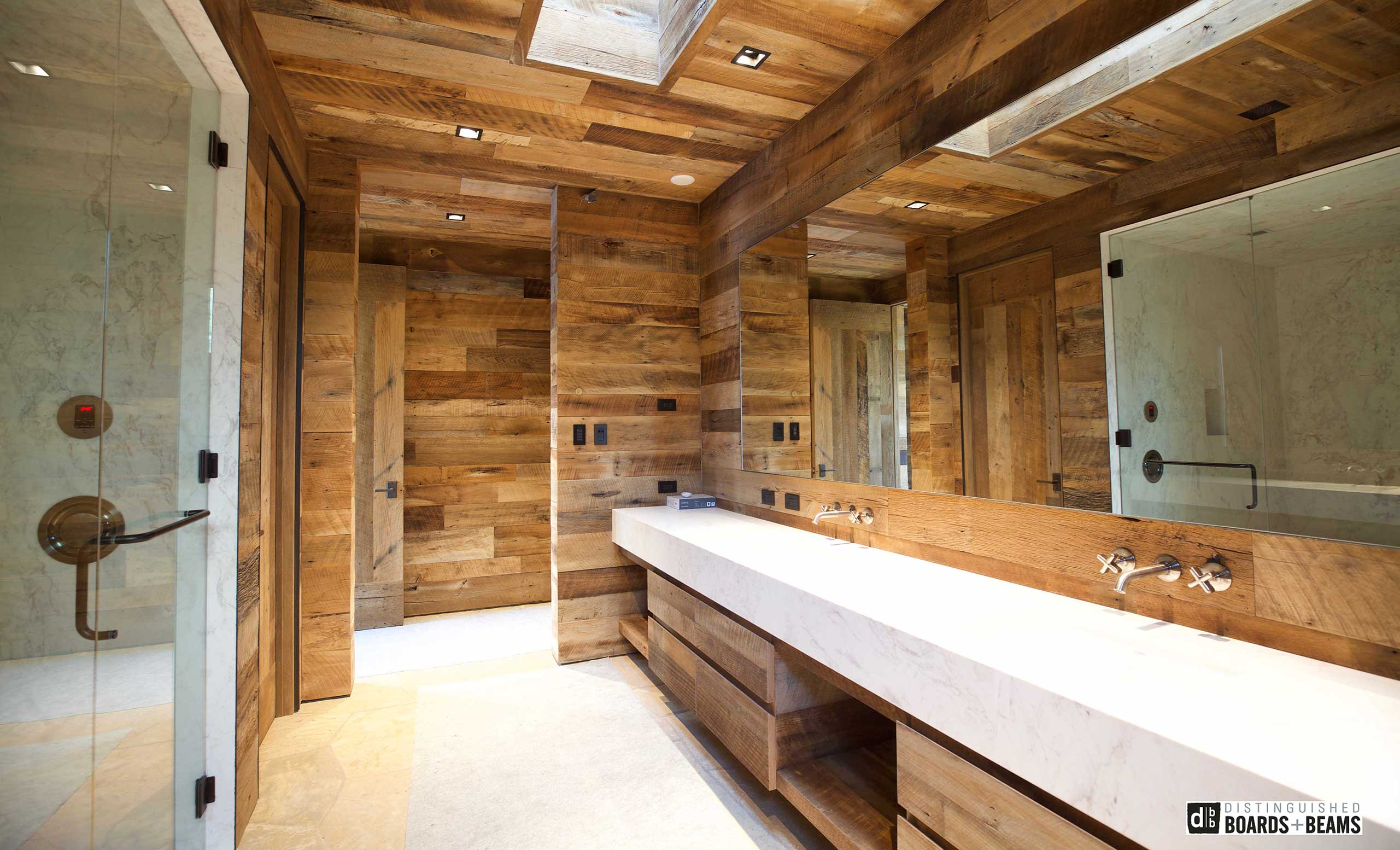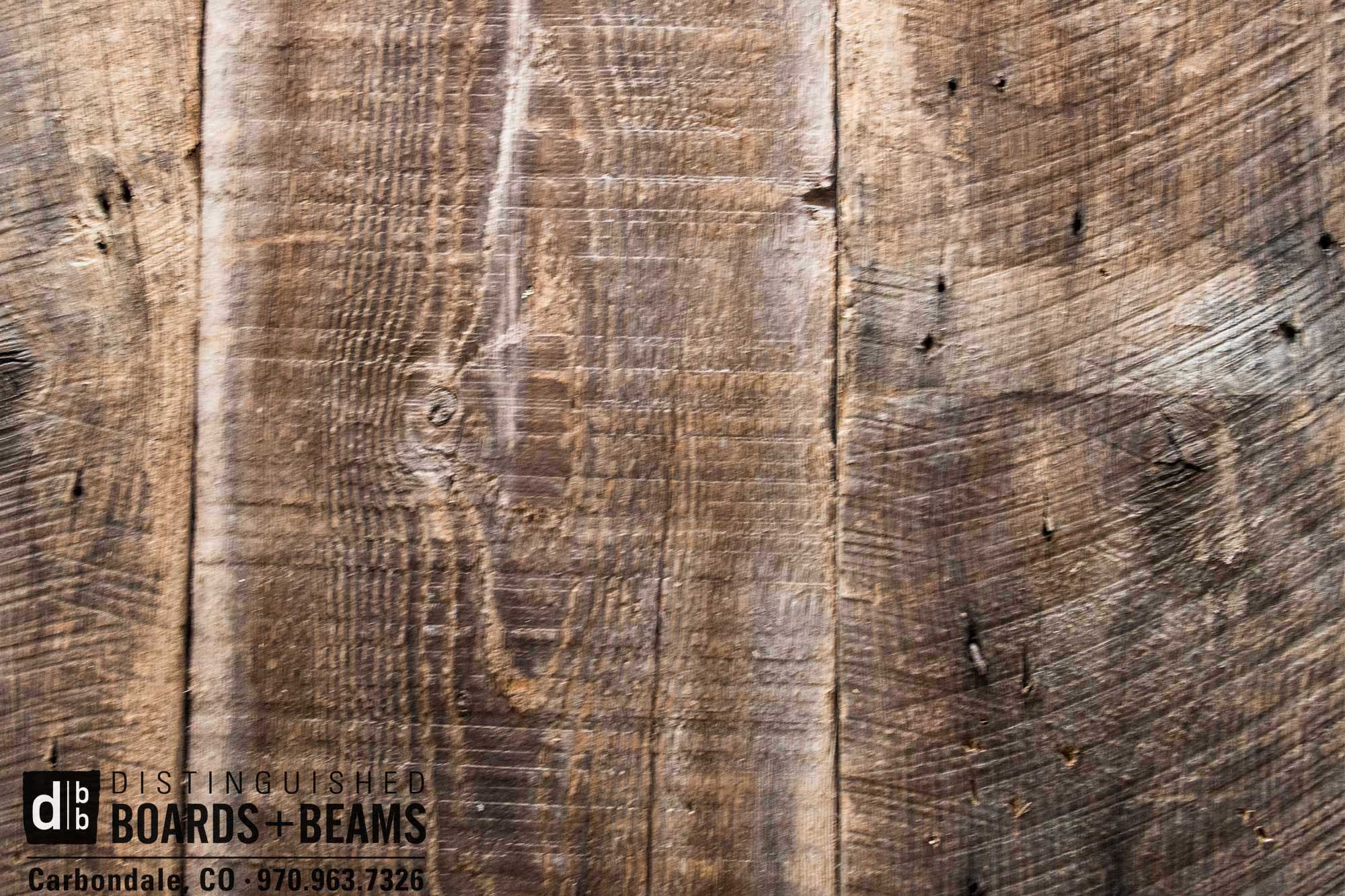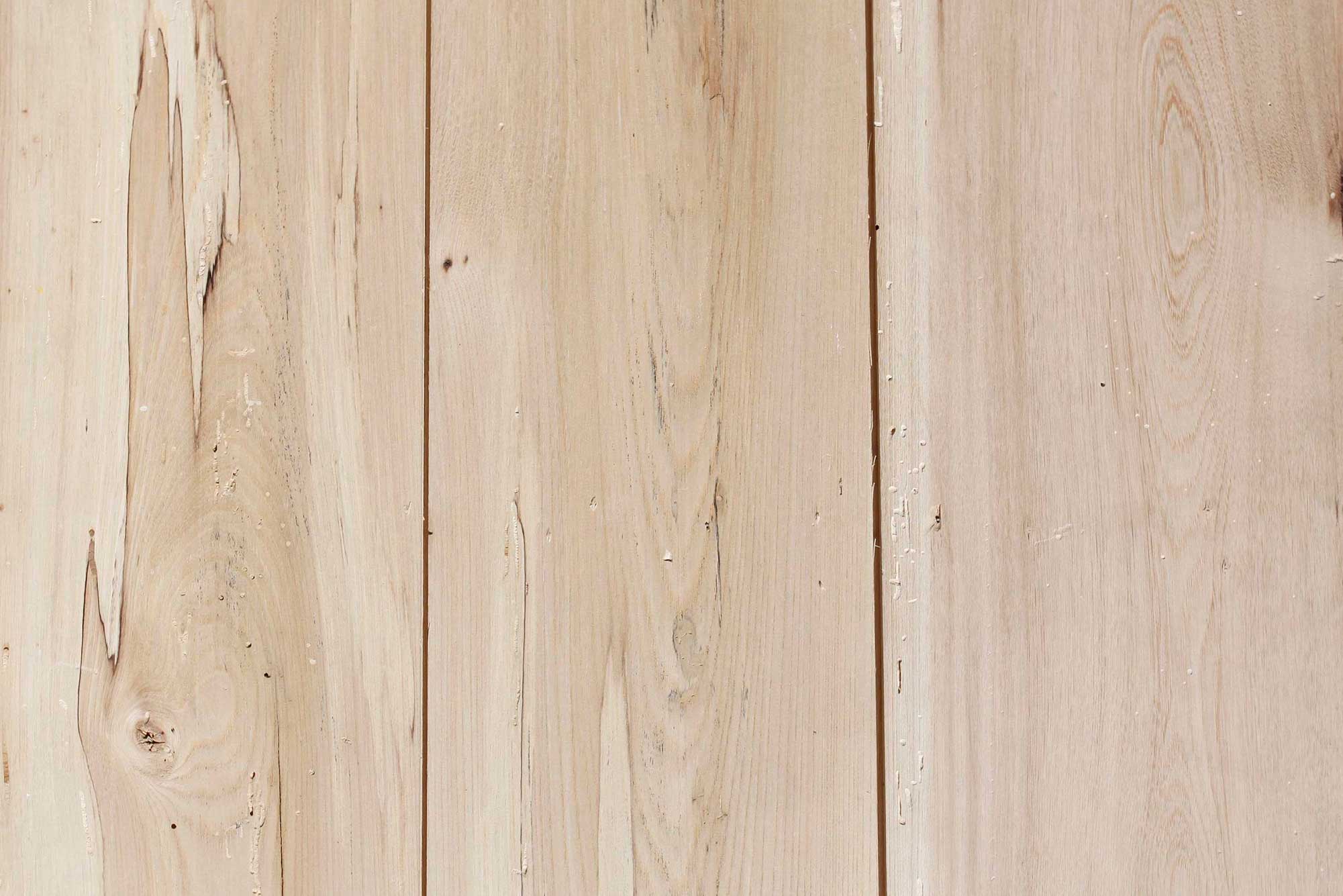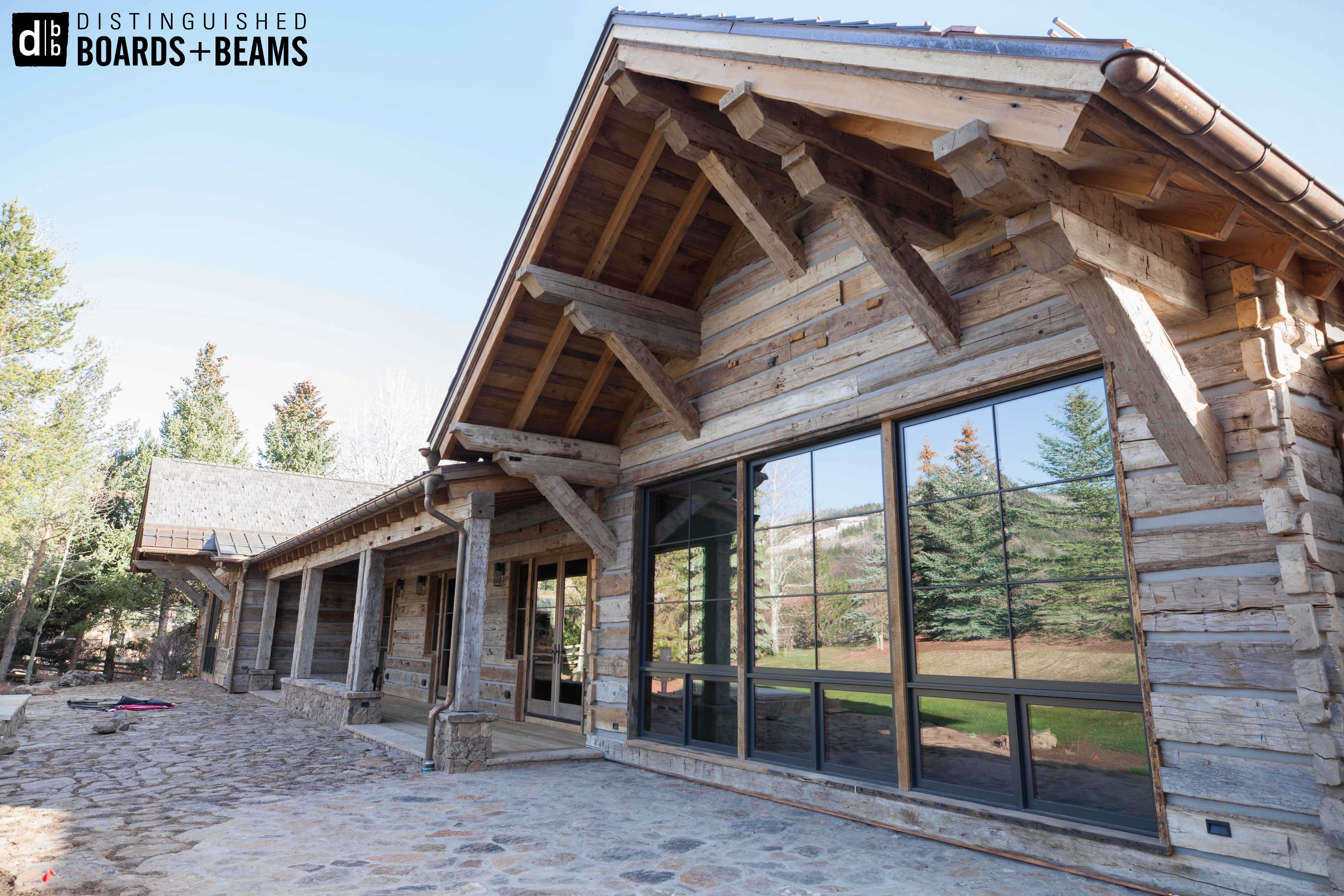Barn Wood Siding
Come home to siding as rich in character as it is in history. We specialize in only high quality reclaimed barn wood siding that can be custom milled in-house to complement the interiors and exteriors of high-end architecture.
Discover the styles we have below and find the one that works best for your project.
Weathered Greys
Weathered Grey Hardwoods
Grey hardwoods are prized as a denser and heavier option with distinct grooves that are smooth to the touch. The natural hardness of these boards leads to weathering that brings out the natural spirals and waves of the grain patterns. Our ash, oak, elm, beech or maple are weathered with distinct groves, and may have darker shades of faded black paint from previous lives on a tobacco plantation. Tobacco drying houses were typically painted black to absorb as much heat from the sun as possible during the curing process. Boards are available in 4"-12" widths.

Mixed Hardwoods


Browns

Rough Sawn Brown

Smooth Brown

Grey-brown Pine

Naily Roof Boards

Mixed Oak
A mixture of reclaimed red and white oak barn siding that maintains a classic look over time, with similar grain patterns throughout and very tight growth rings. Most mixed oak boards naturally range from tan and gold to chocolate brown patina with accented handsome grain patterns. Widths range from 2" to 8".
Mixed Oak for Furniture Building: High quality barn siding that runs straight and has very little or zero knot holes, that has been set aside specifically for making furniture.

Elm
Mature American elm are very rare in North America today due to the devastating effects of Dutch Elm Disease, which eliminated most of the elm population by the 1970s. For this reason, reclaimed structures, such as historic barns remain one of the few sources of old growth elm lumber.
Many prefer elm for its long, straight grain patters, light tan/beige to light to medium reddish-brown coloration, and resistance to splitting. It is often compared to oak and makes for excellent interior paneling, siding, or flooring

Faded Reds

Red On Red
Hand Hewn Slabs



Rusty Metals









